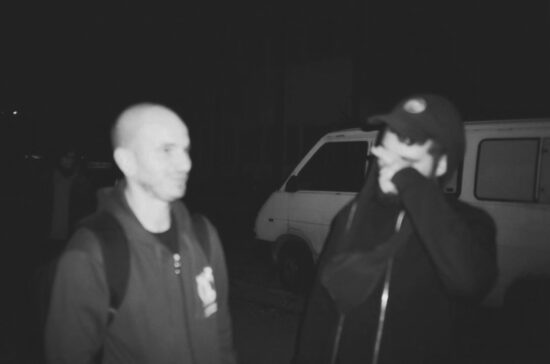Ahead of a performance at the ninth Sanatorium Of Sound, Jakub Knera speaks with Robert Piotrowicz about how he created the sound of organs using a modular synthesiser and his creation of ‘fake folk’ music.
The organ sounds heavy. Successive waves of sound flow over each other and stratify. One can feel as if they are out of tune; the instrument sounds fragmented. Recurring chord repetitions build up a suffocating atmosphere. The sinking into the weight of the resounding noise seems endless.
As the first track of the new Robert Piotrowicz album Afterlife, ends, the dense and heavy melody sounds like the organ is falling apart. Their sacred sublimity is absent. It recalls the records by Kali Malone, Sarah Davachi, or Phill Niblock. The snag, however, is that Piotrowicz leads us astray because he did not use the organ at all in making this album – these organs are fakes. “It’s an entirely fictional organ, it’s impossible to play the album’s content on regular organ pipe because the instrument would have to be entirely re-tuned,” says the Polish composer. So instead of the organ, he created Afterlife on a modular synthesizer that he has been playing for nearly two decades, reconfiguring the electronic sound to give the impression of acoustic instruments.
Although the composition has been executed with digital sources only, Piotrowicz spent much time minimizing the synths and electronic makeup. He evokes connotations to folk and fictional organs, doing it backward – as if entering the auditorium against the rules of logic. “You know, in a large pipe organ, in its physical architecture, there is sometimes an entrance to the backstage of the instrument,” the musician jokes. In Afterlife, he’s generating just such a speculative story, playing with the sense of proximity to the imagined organ.




